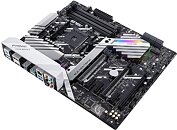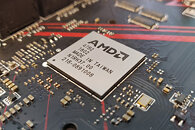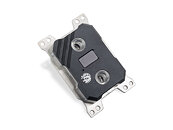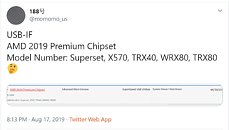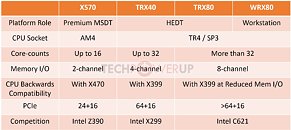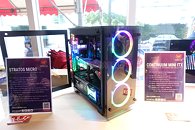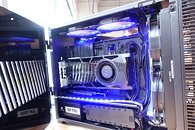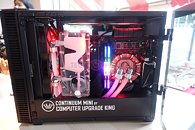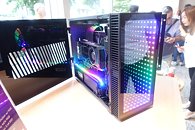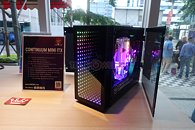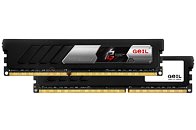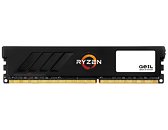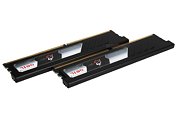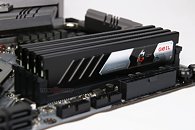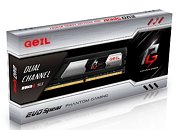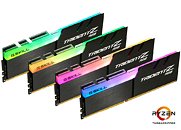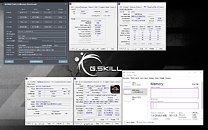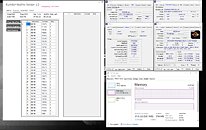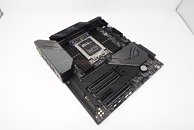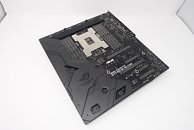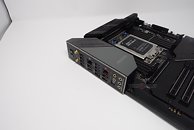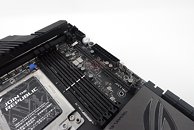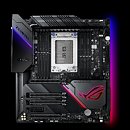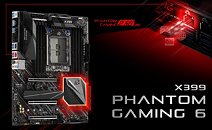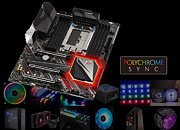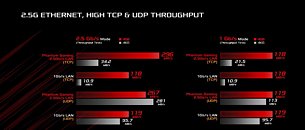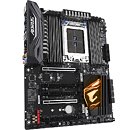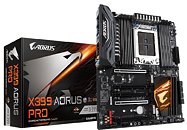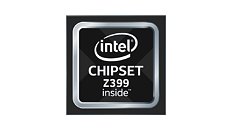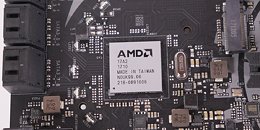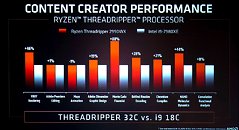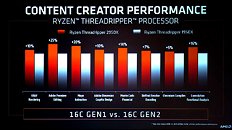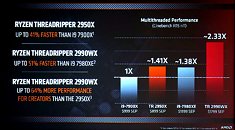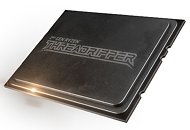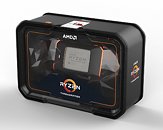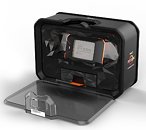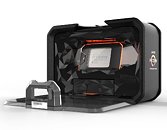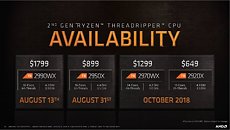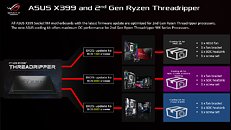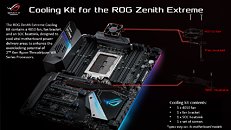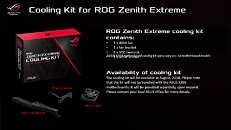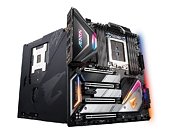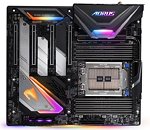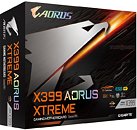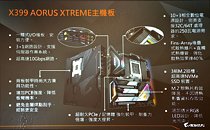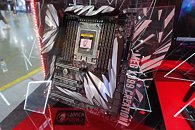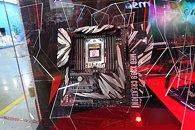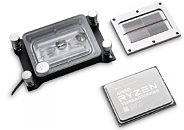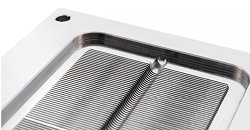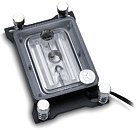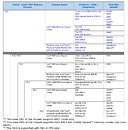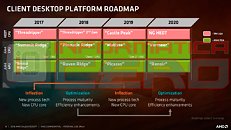ASUS and MSI Put out Windows 11 TPM 2.0 Compatible Motherboard and Processor Lists
ASUS and MSI have each put out lists of their motherboards and compatible processors that meet the Windows 11 requirement of a TPM 2.0 spec-compliant trusted platform module, without needing an add-on TPM. ASUS says that its motherboards dating back to the Intel 300-series, and AMD 300-series, and processors compatible with them, meet the requirement, which would mean Intel "Coffee Lake" and forward; and AMD "Zen" and forward. MSI, on the other hand, extends support all the way back to Intel 100-series (when paired with "Kaby Lake" or forward); and AMD 300-series ("Zen" and forward).
For HEDT platforms, both companies support TPM 2.0 on Intel X299, AMD X399, and AMD TRX40. Server- and workstation chipsets from processor generations corresponding to these platforms, will also support Windows 11. Intel and AMD began integrating a firmware TPM with these platforms that met TPM 2.0 specification. Older platforms will require an add-on TPM, which scalpers are selling for upward or $100 these days (normally under $20). The firmware TPM, although present, is usually disabled, and needs to be enabled in the UEFI setup program. In addition, the firmware must be configured for UEFI boot, with Secure Boot enabled, to meet Windows 11 requirements.
For HEDT platforms, both companies support TPM 2.0 on Intel X299, AMD X399, and AMD TRX40. Server- and workstation chipsets from processor generations corresponding to these platforms, will also support Windows 11. Intel and AMD began integrating a firmware TPM with these platforms that met TPM 2.0 specification. Older platforms will require an add-on TPM, which scalpers are selling for upward or $100 these days (normally under $20). The firmware TPM, although present, is usually disabled, and needs to be enabled in the UEFI setup program. In addition, the firmware must be configured for UEFI boot, with Secure Boot enabled, to meet Windows 11 requirements.
